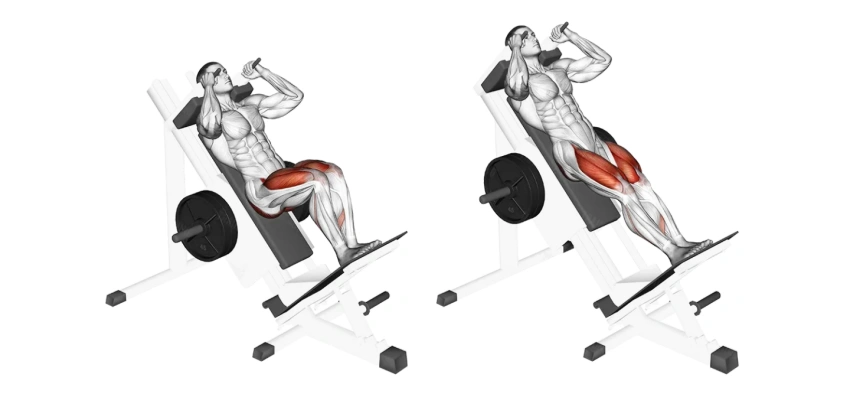Why do hack squats hurt my knees? It’s a common question—and honestly, a fair one.
You get on the machine thinking it’ll help. It looks stable, your back’s supported, and everything feels smooth at first.
But then, a few reps in—something feels wrong. Not sore, exactly. Just… off. Tight. Maybe even that weird sharp kind of pain. You weren’t expecting it. The weight isn’t even heavy. You’re doing what seems right. But your knees don’t agree.
And somehow, the guy next to you is loading triple the plates and feels fine. So now you’re wondering—what gives? Is it just you?
You’re not alone, okay? This happens. A lot.
Let’s figure out what’s messing things up—and how to fix it without making it worse.
Why Do Hack Squats Hurt My Knees?
Hack squats hurting your knees isn’t just you—it happens to a lot of people.
The machine looks safe. Back’s supported, movement’s on rails—what could go wrong, right? But then, a few reps in, your knees start talking. Not in a good way.
So what’s up with that?
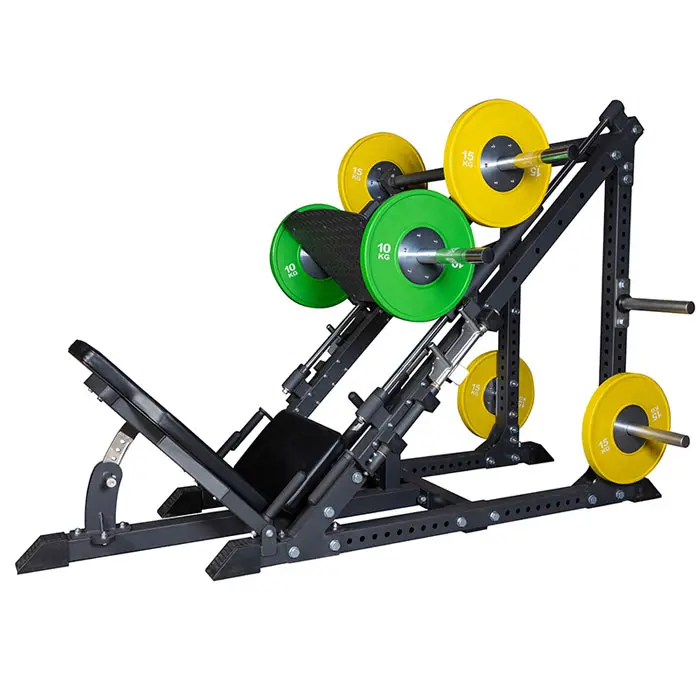
🔹 More pressure goes into your knees
Hack squats push your knees way more forward than regular squats. That’s just the way this machine locks you in.
Feels like your hips barely get involved—and your knees are left doing all the work.
And yeah—even when the weight feels easy, that angle? It hits your knees harder than you’d think.
🔹 You’re stuck in a fixed path
The sled only moves in one straight line. That’s it.
No room to shift your stance. No adjusting mid-rep like you can with a .
So if your setup’s even a little off? Your knees end up twisting into angles they’re just not meant to handle.
🔹 Small setup mistakes = big knee pain
Feet too low? Your knees shoot over your toes.
Too narrow? You lose balance.
Back not flat? Your form’s off from the start.
These little details seem minor—but your knees feel every one of them.
🔹 Tight joints or weak muscles? Your knees pay the price
If your ankles are stiff, or your hips don’t open well, your knees end up doing more than they should.
Same goes if your glutes aren’t firing right. The hack squat exposes these imbalances quickly.
✅ Bottom line:
Hack squats aren’t bad. But they’re unforgiving. If one piece is off—setup, mobility, strength—your knees will let you know.
So if you’ve been wondering why do hack squats hurt my knees even when your form looks okay—this is probably why.
Common Mistakes That Cause Knee Pain on Hack Squats
Sometimes it’s not the machine—it’s what you’re doing on it.
Hack squats are tricky. A small mistake in form, weight, or setup can lead to big pain in your knees.
The good news? Most of these problems are fixable.
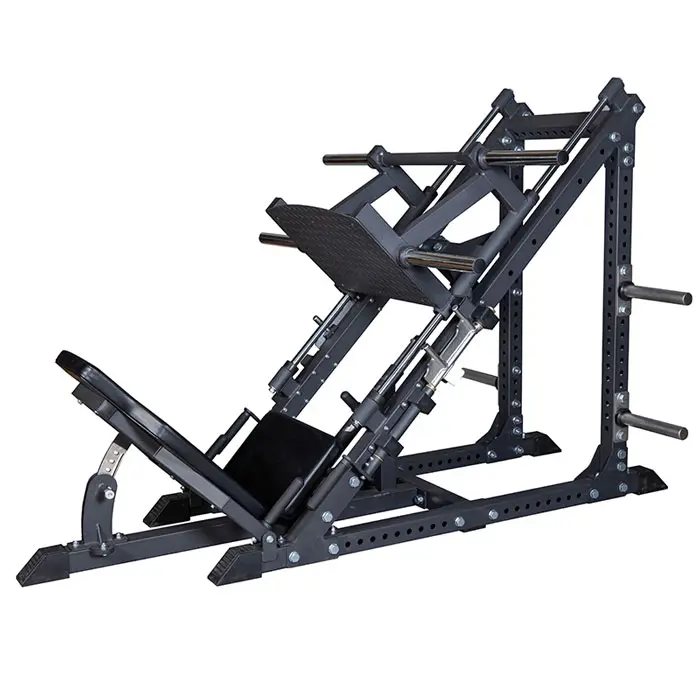
Let’s look at the most common ones:
▪️ Feet too low, knees too far forward
→ If your feet are placed too low on the platform, your knees push far past your toes.
→ That forward angle puts way too much pressure on your knees—especially during heavy reps.
▪️ Too much weight, too fast
→ Hack squats feel stable, so it’s tempting to go heavy.
→ But if your form isn’t perfect, all that load ends up smashing your knees instead of training your legs.
▪️ No rest between sessions
→ Training legs hard is great—but without enough recovery, your knees stay inflamed.
→ Overuse makes little aches turn into chronic pain.
▪️ Old injuries or irritated joints
→ If you’ve had knee issues before, hack squats can flare them up again.
→ That locked-in angle targets weak spots without much room to adjust.
▪️ Poor mobility = knee compensation
→ Tight ankles or hips? Your knees end up doing the extra work.
→ Without good mobility, your body cheats—and your knees suffer for it.
✅ Quick reminder:
Most of this pain isn’t permanent.
Adjust your setup, back off the weight, and give your joints a break—they’ll thank you.
How to Avoid Knee Pain on Hack Squats
Knees bugging you on hack squats?
Honestly? This happens to more people than you’d expect.
Most of the time, it’s not your knees that are the real problem—it’s the setup.
A few small tweaks, and suddenly the pain? Gone. You just move better. Everything feels lighter.
Here’s exactly what to fix:
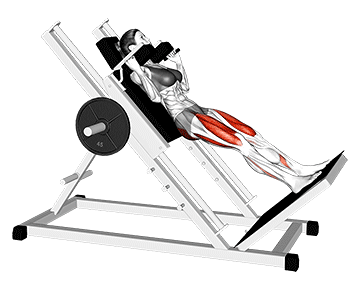
✅ Adjust your foot position
Putting your feet too low on the platform pushes your knees forward—way too far. That puts all the tension right onto your patellar tendon (just under your kneecap).
👉 Try sliding your feet a little higher—and maybe a bit wider too.
You’ll feel it shift more into your hips and glutes, instead of everything landing in your knees.
✅ Don’t load up too fast
Hack squats can feel stable, so people jump straight into heavy weights.
But the machine hides bad form, and your knees pay for it.
👉 Start with a moderate weight. Focus on smooth reps, controlled tempo, and clean depth. When you’ve got that locked in, then increase the load.
✅ Push through your heels
If you push through your toes, your weight shifts forward—and guess who gets crushed? Your knees.
👉 Instead, keep your pressure in your heels and midfoot. That keeps your knees stable and reduces joint strain instantly.
✅ Warm up your joints (seriously)
Stiff ankles and cold quads equal cranky knees.
👉 Do 5–7 minutes of prep: ankle circles, glute bridges, bodyweight squats. Get blood flowing before you touch the machine.
✅ Check your body position before every set
A rushed setup = bad angles = knee stress.
👉 Make sure your back is flat against the pad, your core is tight, and your feet are placed before you unlock the sled. Don’t rush into reps—you’ll regret it mid-set.
Better Alternatives If Hack Squats Just Don’t Work for You
Honestly? Hack squats just don’t work for everyone. And that’s fine.
If your knees still feel off even after adjusting everything… it’s totally okay to ditch them. There are plenty of other ways to build strong legs.
Skipping hack squats ≠ skipping leg day.
Here are some solid alternatives that go easier on the knees:
1. Goblet Squat
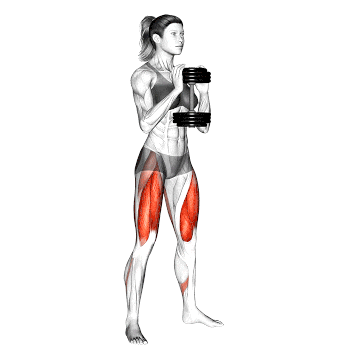
Perfect if you want control, mobility, and less joint stress. Just hug a dumbbell to your chest—it helps you stay upright without overthinking it.. Feels stable, easy to control.
Perfect if you’re new to squats or just warming up for the big stuff.
2. Leg Press
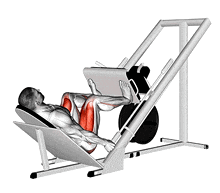
Still want to load up heavy? The leg press lets you push big weight without standing.
It reduces back strain and gives you more control over foot placement—just keep your feet high to protect your knees.
3. Bulgarian Split Squats
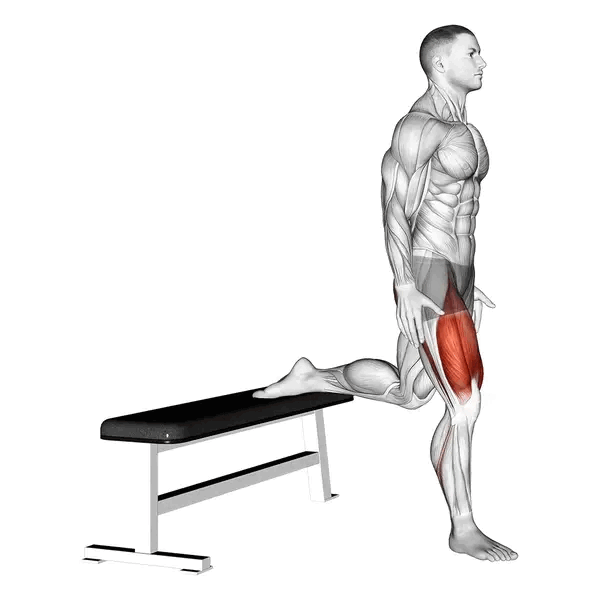
Brutal, but effective. These hit your quads and glutes hard—but you don’t need a ton of weight to feel it.
Bonus: And honestly? They’re sneaky good for balance, mobility, and single-leg control—all the stuff that helps keep your knees solid.
4. Step-Downs or Box Squats
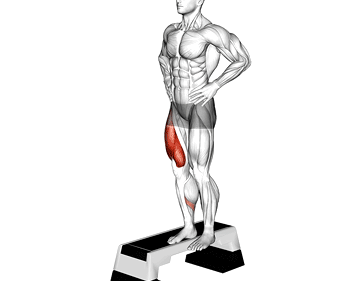
If your knees feel unstable, start with these.
They teach control, build strength from the bottom up, and train good squat mechanics without going deep too fast.
When Knee Pain Is a Warning, Not Just a Sore Spot
Some knee tightness after training? Totally normal.
You worked your legs hard. They’re sore. That happens.
But pain—the kind that hits mid-set, keeps coming back, or doesn’t let up?
That’s your body trying to get your attention.
And if you keep asking yourself why do hack squats hurt my knees every time, even after adjusting things—that’s your signal right there.
Here’s how to tell the difference:
🔺 Just sore the next day? You’re likely fine.
A little stiffness when you wake up, maybe a dull ache walking around—nothing wild.
That’s just your muscles saying, “Hey, we did something yesterday.”
It should fade in a day or two.
No swelling, no sharp stab? You’re good.
🔺 Sharp pain while squatting? Nope. Stop.
That quick stab behind the kneecap or deep inside?
That’s not soreness. That’s a “get off the machine” kind of signal.
Don’t try to “push through it.” That never ends well.
🔺 Swelling, grinding, or locking up? Time to get checked.
If your knee puffs up, makes weird clicks, or feels like it might jam mid-move—don’t guess.
That’s when a physio or doctor earns their keep.
🔺 Still hurting days later? That’s your sign.
If it’s not getting better—or it’s worse each time you train—that’s not “just sore.”
Take a break. Adjust your form. Talk to someone who knows knees.
Pain during hack squats doesn’t mean you failed.
And it doesn’t mean you should quit.
It usually means something’s off—your stance, your setup, your mobility, or maybe just your recovery.
Plenty of lifters hit this wall. You’re not weak. You’re figuring it out.
Train smart, not blind. Tune in, tweak things, and keep showing up.
The lifters who last?
They’re the ones who pause, reset, and come back better.

Hi, I’m Alex Carter, part of the editorial team at Leadman Fitness. We specialize in crafting premium custom racks, cable machines, functional trainers, and strength accessories for home and commercial gyms. With a background in competitive powerlifting and gym design consulting, I’ve spent years testing gear under heavy loads and optimizing layouts for efficiency.
I focus on translating real-world user frustrations—like space limitations, budget constraints, or durability needs—into actionable solutions. By collaborating directly with our engineers and facility owners, I ensure our custom equipment evolves to solve the unspoken challenges lifters face daily. What I share isn’t textbook advice; it’s battle-tested insight from racks I’ve welded, cables I’ve replaced, and gym floors I’ve trained on.
